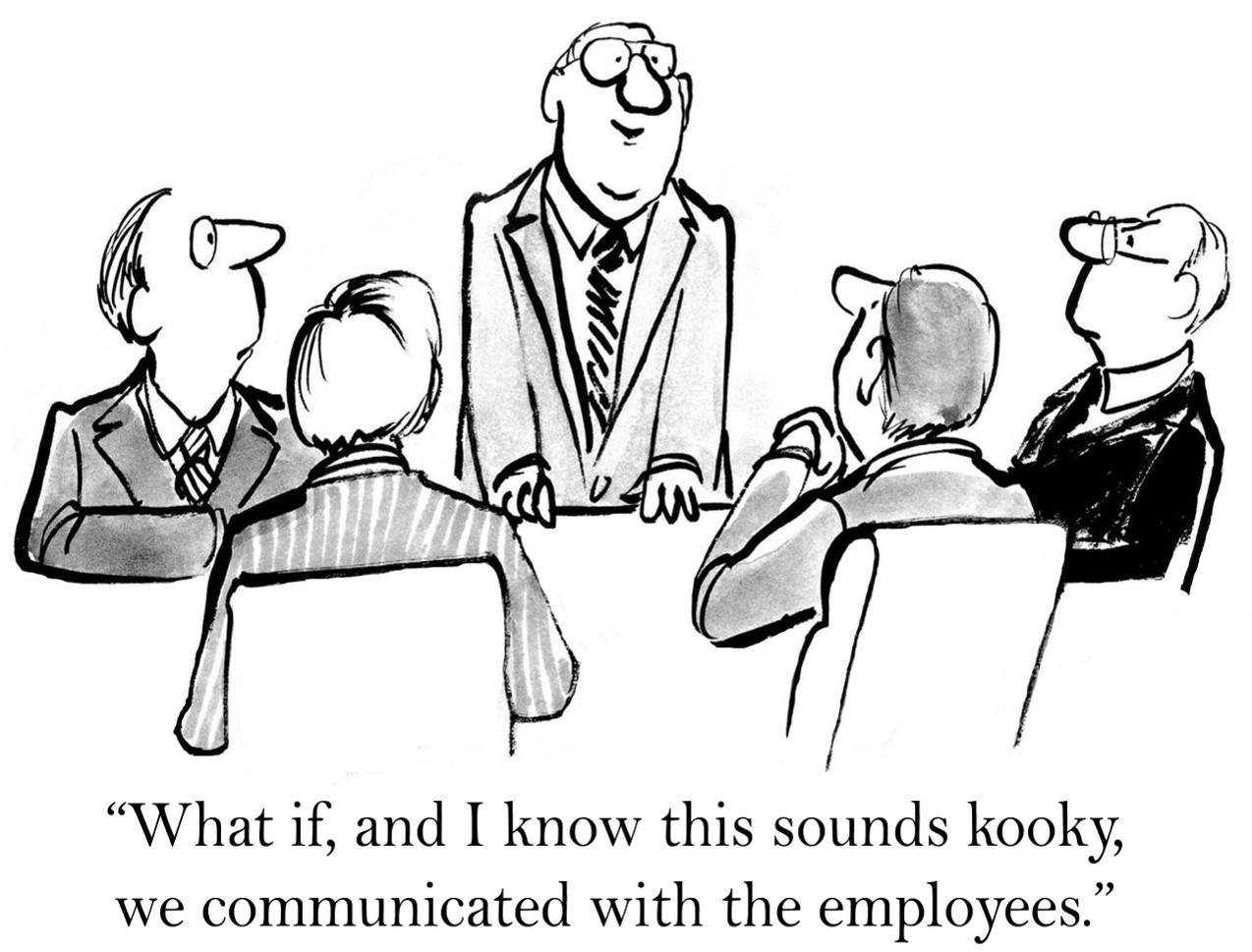On Communication with Employees
In order to successfully communicate with employees, it is important to understand their needs and how they prefer to receive information.
Some employees may prefer face-to-face communication, while others may prefer to receive information through written memos or emails. It is also important to be aware of the best times to communicate with employees, as well as the types of information that are most relevant to them. By taking these things into account, you can create a communication plan that will work for both you and your employees.
The purpose of this outline is to provide a guideline for communication between an employer and employees.
1. Establish a clear line of communication. Employers should make it clear who is responsible for communicating with employees, and when. This will help ensure that employees are able to properly communicate any questions or concerns they may have.
2. Be timely in your communication. Employees will appreciate when employers communicate with them in a timely manner, especially regarding important updates or changes.
3. Keep communication consistent. Employers should strive to maintain a consistent level of communication with employees, so that everyone is clear on what is expected of them.
4. Be specific in your communication. When providing instructions or updates, employers should be as specific as possible. This will help to avoid any confusion or misunderstandings.
Conclusion
By following these guidelines, employers can create a communication plan that will be effective for both them and their employees. By taking the time to understand the needs of employees and how they prefer to receive information, employers can ensure that everyone is on the same page and that everyone knows what is expected of them.
This will help to create a productive and positive work environment for all.

